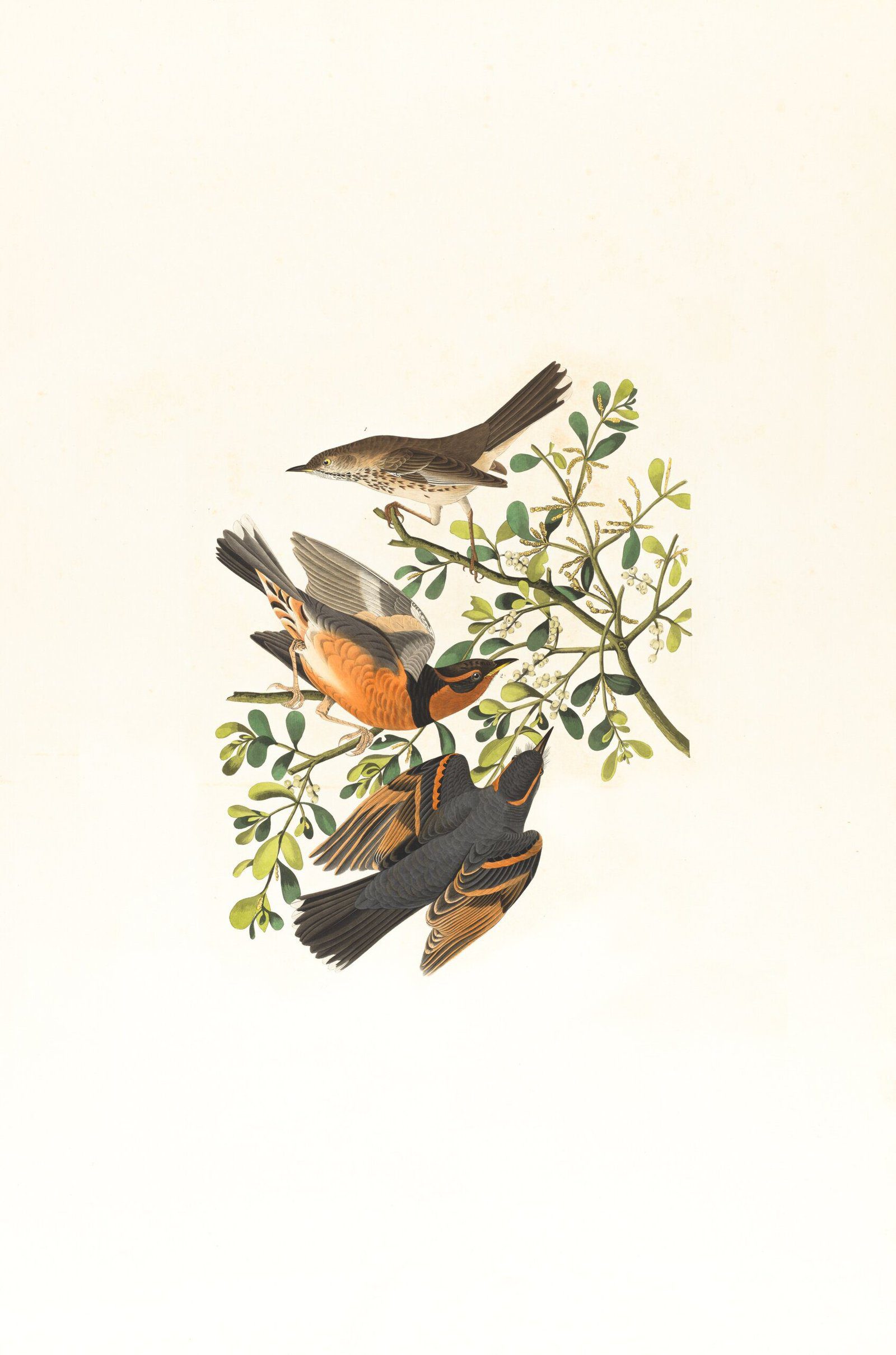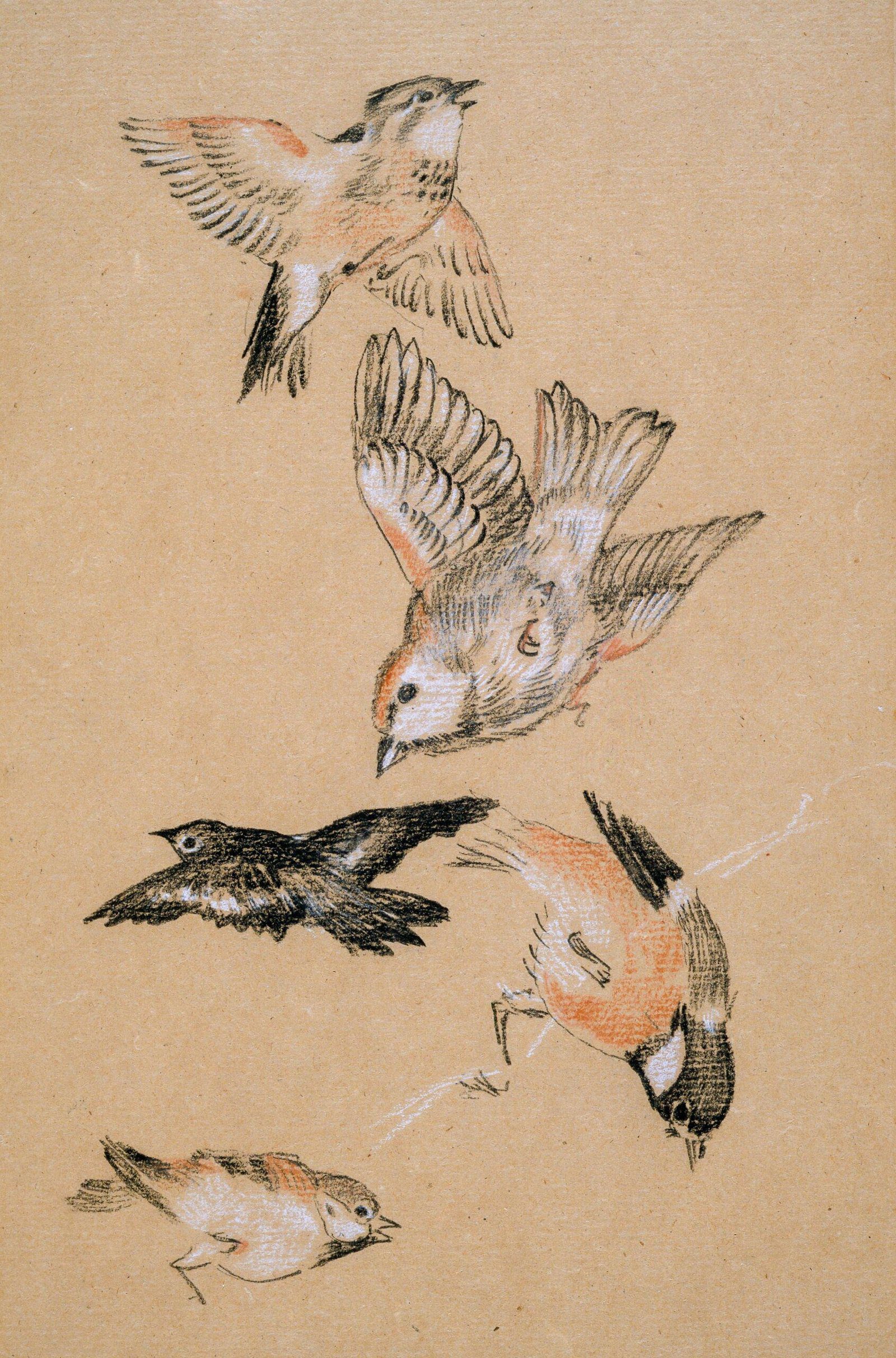Table of Contents
So you want to learn how to draw a capybara? Well, you’ve come to the right place! In this step-by-step guide, we will take you through the process of creating your very own adorable capybara drawing. From outlining the basic shapes to adding the finishing touches, we’ve got you covered. Whether you’re an experienced artist looking to expand your skills or a beginner wanting to try your hand at drawing, this guide will provide you with all the tips and tricks you need to create a captivating capybara masterpiece. So grab your pencils, get ready to have some fun, and let’s jump right into it!

Step 1: Gather the Necessary Materials
To begin your capybara drawing, gather the necessary materials. You will need a pencil, an eraser, and a piece of paper. These basic supplies will allow you to start your drawing with ease and make any necessary adjustments along the way. So, grab your pencil, eraser, and paper before moving on to the next step!
Step 2: Observe Capybara Features
Before you dive into drawing your capybara, it’s important to take a moment to observe the features of these fascinating creatures. Study reference images of capybaras to get a better understanding of their appearance. Pay close attention to their unique characteristics, such as their stocky bodies, large heads, rounded ears, and long tails. By familiarizing yourself with these features, you’ll be better equipped to capture the essence of a capybara in your drawing.

Step 3: Sketch an Outline
With your understanding of capybara features, it’s time to start sketching an outline. Begin by using basic shapes to establish the overall shape of the capybara. Start with a simple circle for the head and use rectangular shapes to outline the body and limbs. This initial sketch will serve as the foundation for the rest of your drawing.
Next, refine the body proportions by adding more detail to your outline. Pay attention to the size and placement of features such as the head, torso, and limbs. Take your time in this step to ensure that the proportions are accurate and capture the essence of a capybara’s unique body structure.
Step 4: Draw the Head
Now that you have the basic outline in place, it’s time to focus on the head of the capybara. Start by outlining the shape of the head using gentle curves. Take note of the capybara’s round face and prominent cheeks. Once you have the overall shape, begin adding facial features. Pay attention to the positioning of the eyes, nose, and mouth. Capybaras have large, expressive eyes, so be sure to capture their unique charm.

Step 5: Depict the Ears
Moving on from the head, it’s time to depict the capybara’s ears. Start by sketching the basic shape of the ears, which are rounded and sit on top of the head. Take note of any fur or texture on the ears, as this will add depth and realism to your drawing. Once you have the shape established, add inner details such as folds or lines to give the ears a more lifelike appearance.
Step 6: Outline the Body
With the head and ears completed, it’s time to outline the body of the capybara. Start by drawing the back and sides, paying attention to the body’s stocky shape. Capybaras have muscular bodies, so be sure to capture this in your drawing. Once you have the back and sides defined, add the belly by drawing a curved line underneath the body. This will give your capybara a sense of roundness and dimension.
Step 7: Capture the Tail
No capybara drawing would be complete without its long, curved tail. Sketch the tail using a gentle curve, following the natural flow of the body. Pay attention to the size and length of the tail in relation to the rest of the body. Once you have the basic shape in place, add some texture to the tail by adding small, curved lines to represent fur.
Step 8: Illustrate the Legs
Now it’s time to bring your capybara to life by adding legs to your drawing. Start by drawing the front legs, which should appear shorter and thicker than the hind legs. Pay attention to the positioning of the legs in relation to the body. Add details such as toes and claws to give your capybara a sense of realism. Move on to the hind legs, making sure to capture their length and slimness. Take your time in this step to ensure that the legs are proportionate and look natural.
Step 9: Add Facial Details
To truly capture the essence of a capybara, it’s important to add facial details that emphasize their unique features. Start by emphasizing the eyes and eyebrows. Capybaras have large, expressive eyes, so be sure to make them stand out in your drawing. Add eyebrows that convey their friendly and curious nature. Next, define the nose and mouth by adding subtle lines and curves. Pay attention to the shape and placement of these features to ensure your capybara looks authentic.
Step 10: Refine the Drawing
Now that you have the basic structure and features in place, it’s time to refine your capybara drawing. Start by cleaning up any messy or unnecessary lines, erasing any guidelines that are no longer needed. This will give your drawing a more polished and finished look. Next, add fur texture to your capybara by adding small, short strokes throughout the body. This will enhance the realism of your drawing and make the capybara appear soft and furry. Finally, step back and admire your masterpiece!
Drawing a capybara may seem like a daunting task at first, but by following these step-by-step instructions, you’ll be able to create a detailed and realistic representation of this remarkable creature. Remember to take your time, observe their features, and most importantly, have fun throughout the process. Happy drawing!

